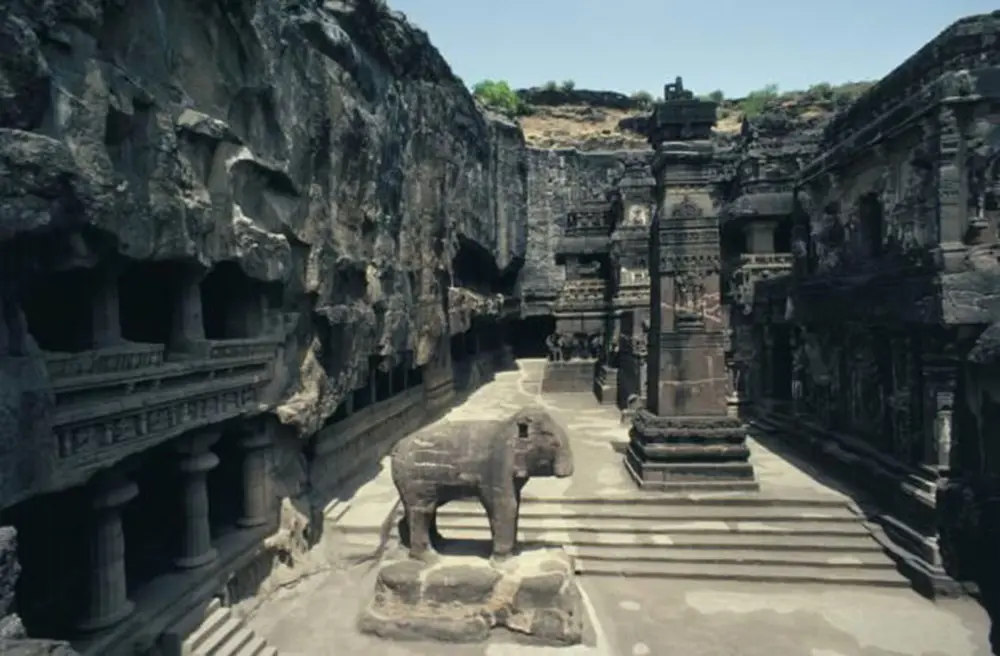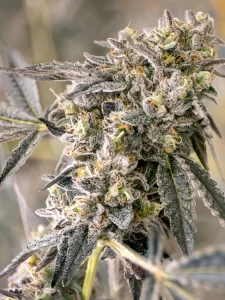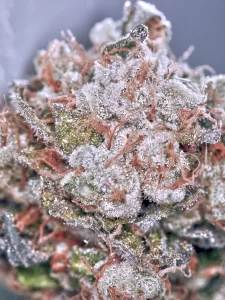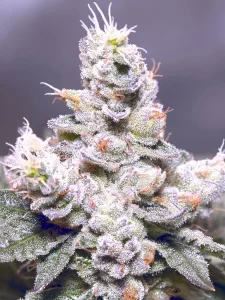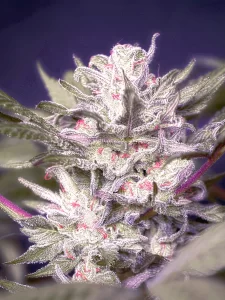The Ellora caves in Western India were built between the 6th and 11th centuries, AD and are made up of a group of 34 temples carved out of stone. Many of the caves have rich paintings which are still protected.
Miracle of the nature? God’s hands?
No! Indian archaeologists studying the impressive preservation have discovered that a special ingredient in the mixture of the plaster is to thank: cannabis.
Mixed with clay and lime, the addition of hemp, creating “hempcrete,” has played a key role in preserving the World Heritage site.
They were able to isolate specimens of cannabis from the clay plaster using a scanning electron microscope, infrared spectroscopy and stereo microscopic studies. The report in the journal Current Science.says:
The cannabis fiber appears to have a better quality and durability than other fibers. Moreover, the cannabis’ gum and sticky properties might have helped clay and lime to form a firm binder. As the hemp plaster has the ability to store heat, is fire-resistant and absorbs about 90 percent of airborne sound, a peaceful living environment for the monks has been created at Ellora Caves
Studies also show that in the neighboring Ajanta caves, another World Heritage site, where cannabis wasn’t used, rampant insect activity has damaged at least 25 percent of the paintings.
Currently, cultivation, transport, possession and consumption of marijuana is banned under Indian law.

